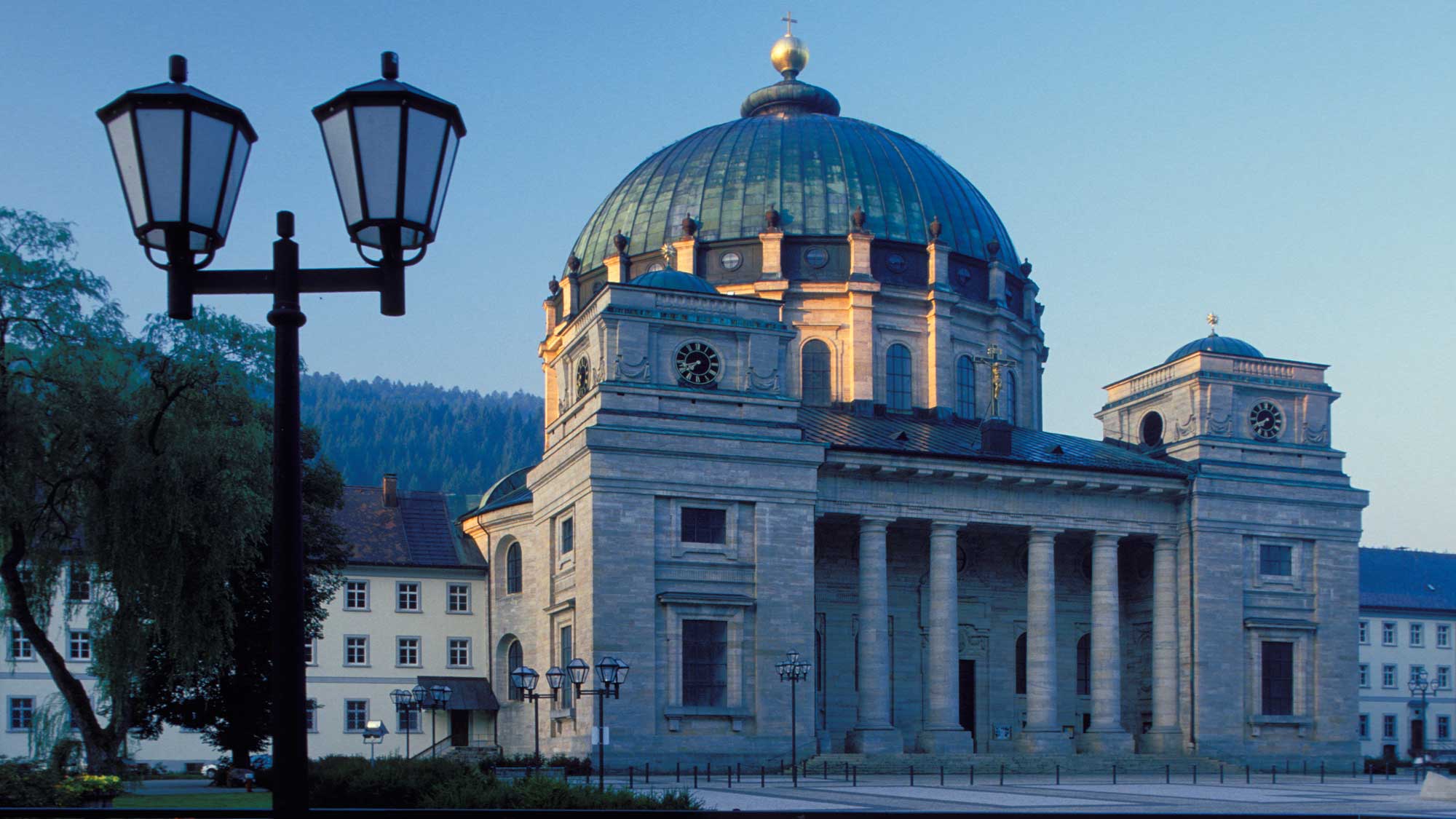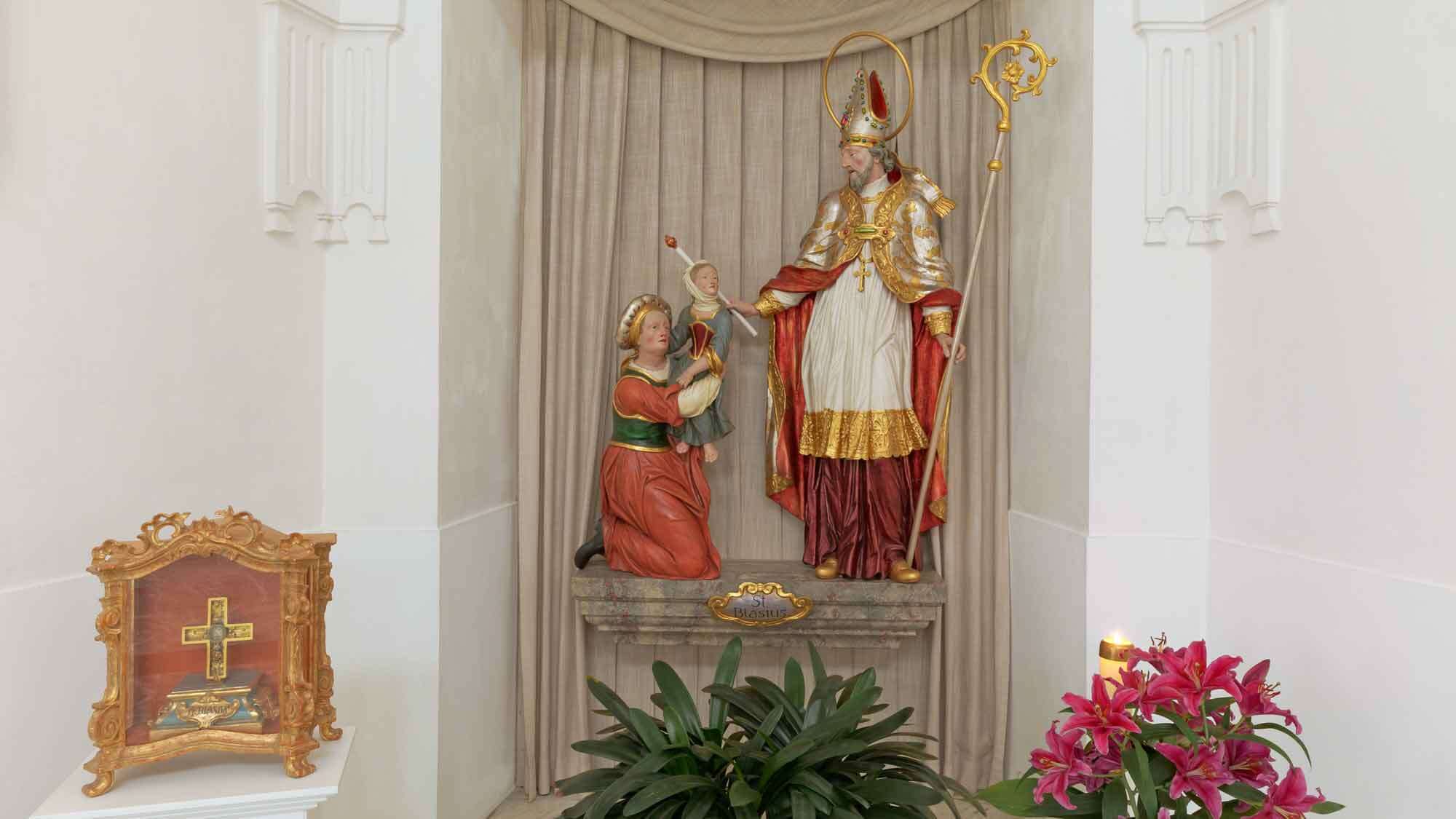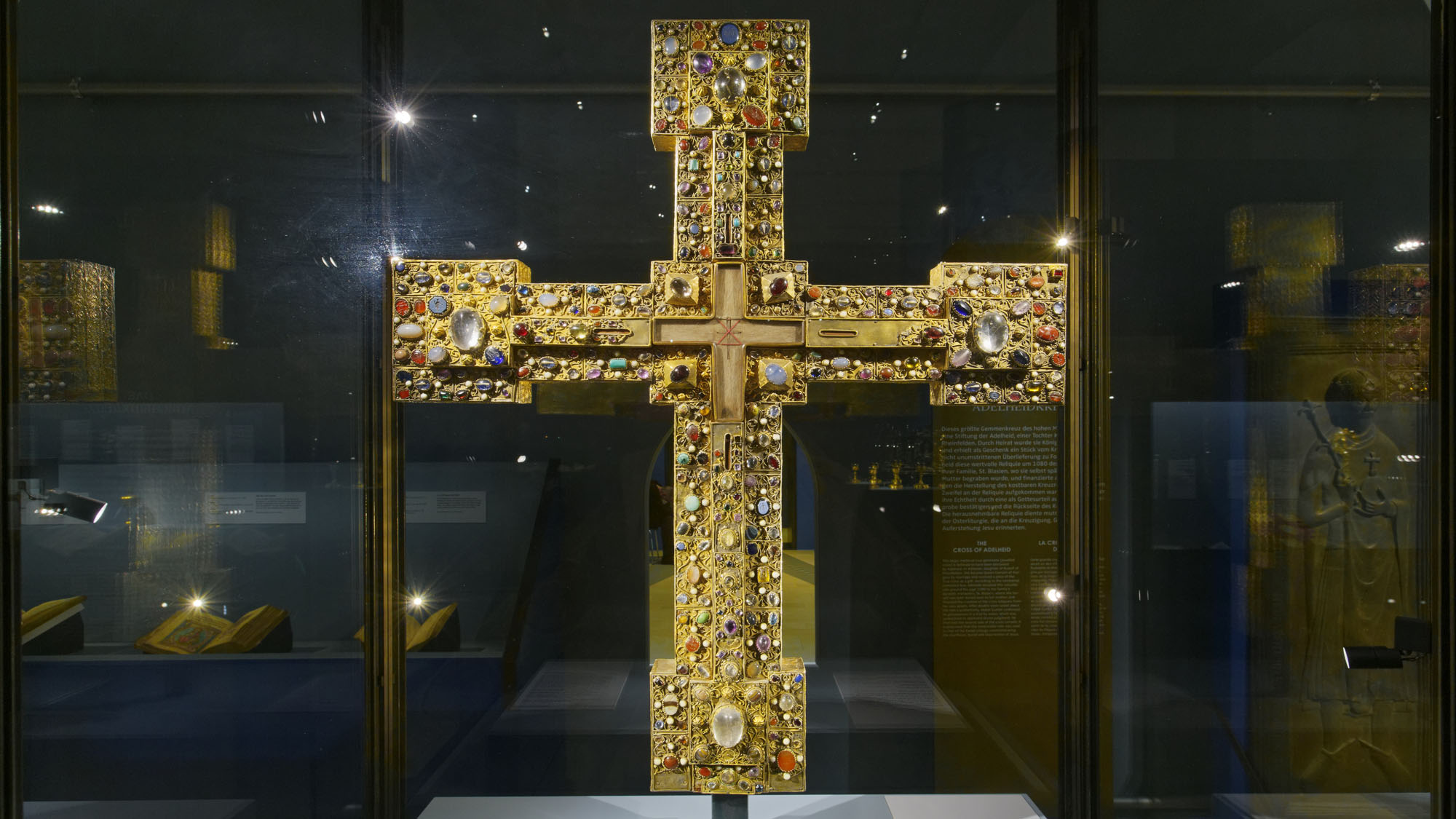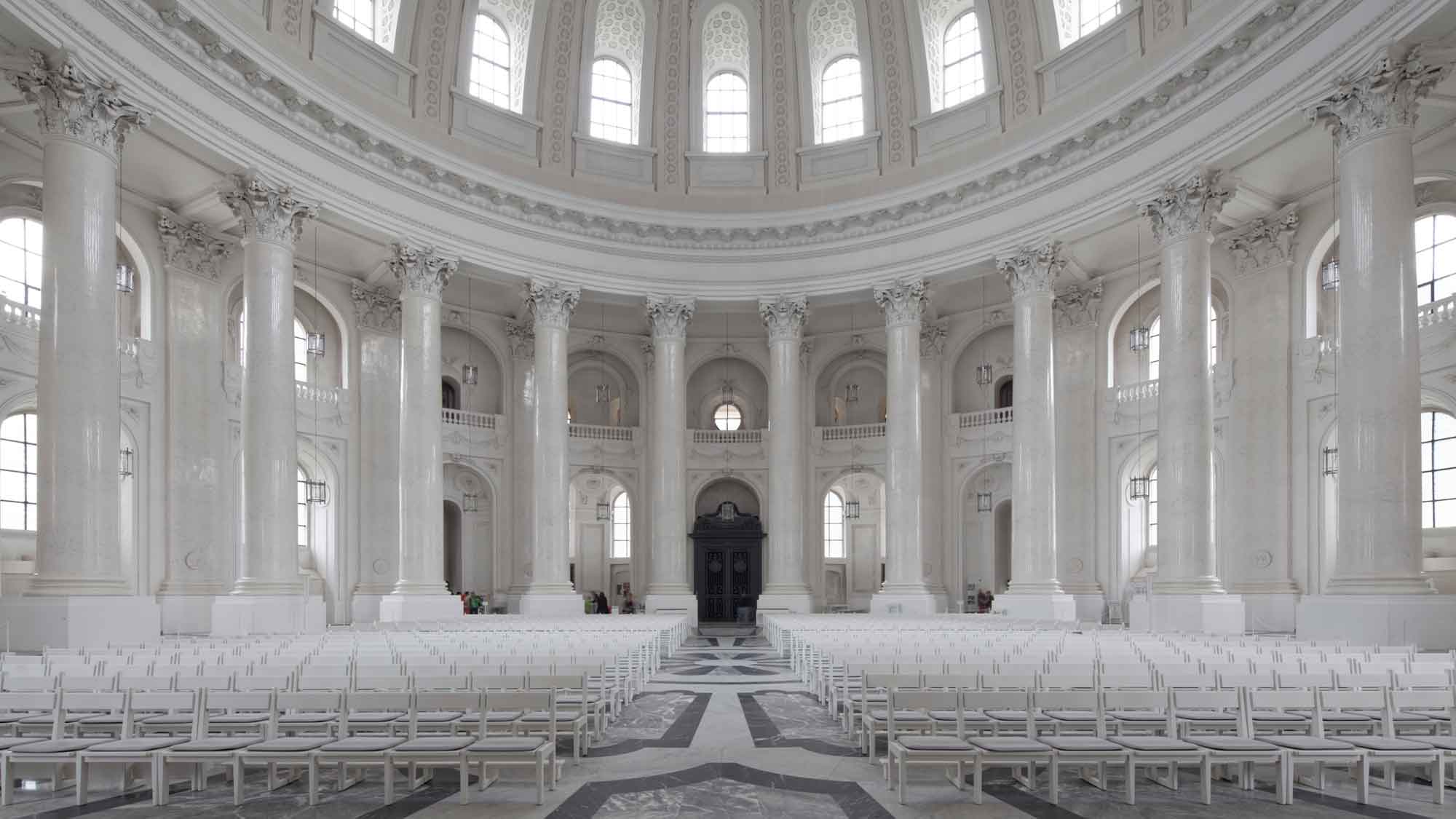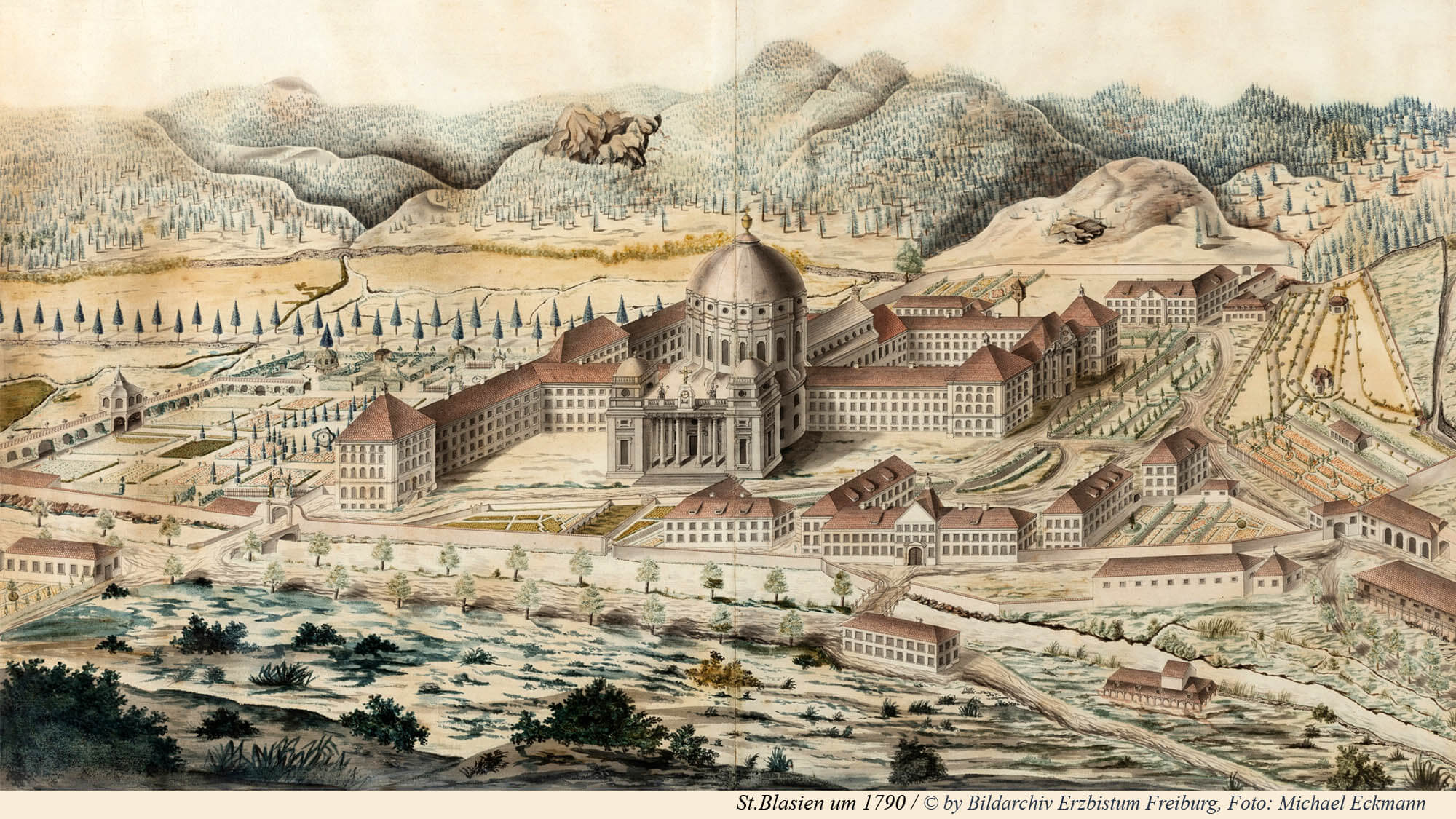The domed church - symbol of the cosmos
The first Benedictine monks settled in the Alb valley at the foot of the Feldberg, where St. Blasien is today. Here they found a place of silence over a thousand years ago. The aristocratic Sigemar founded the ‘alb cell’ here and subordinated it under the Rheinau Abbey near Schaffhausen, and relics of St. Blaise were brought here.
The monastery came under Austrian sovereignty in 1361 and suffered great damage during the peasant wars of 1525/26. In 1768, a fire put the main building and all outbuildings and churches in ruins. Abbot Martin Gerbert then had the monastery rebuilt. The construction with the spectacular dome construction, which had been planned based on the model of the ancient Roman pantheon, took around ten years.
At the beginning of the 20th century, for the 200th anniversary of the cathedral, the third largest domed church in Europe was restored according to the original, purely classicist plans. In 1933, the Jesuits acquired the Benedictine legacy in order to establish a high school which would become one of the most important private schools in Germany.
As a symbol of the cosmos, the cathedral impresses today above all with its luminous size. The choir and church are separated by a masterfully forged choir lattice with medallions of saints that date back to the time of the monastery and on which St. Blaise, St. Benedict, St. Scholastica and St. Vincent are depicted.

